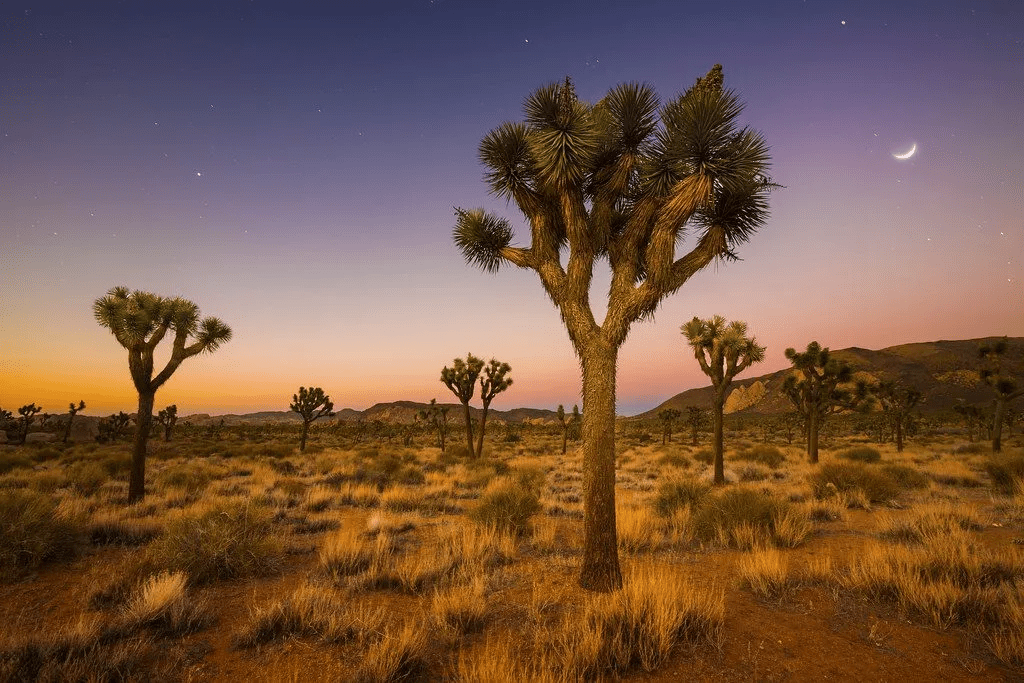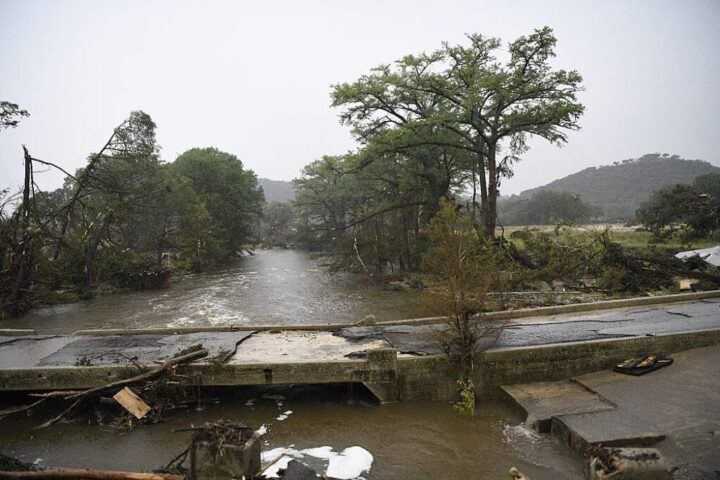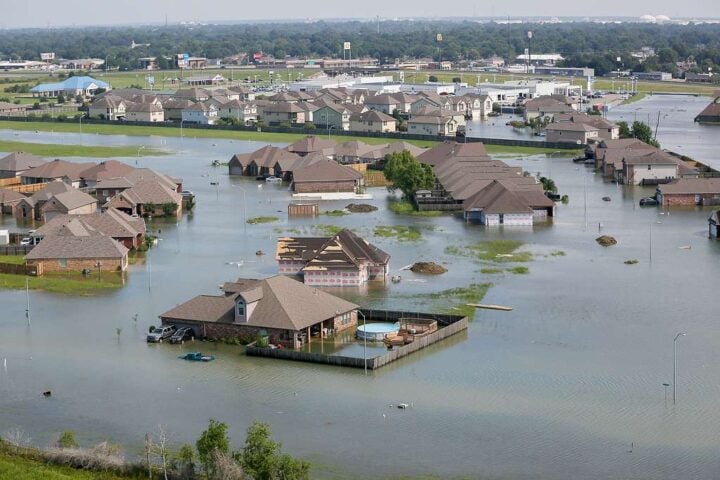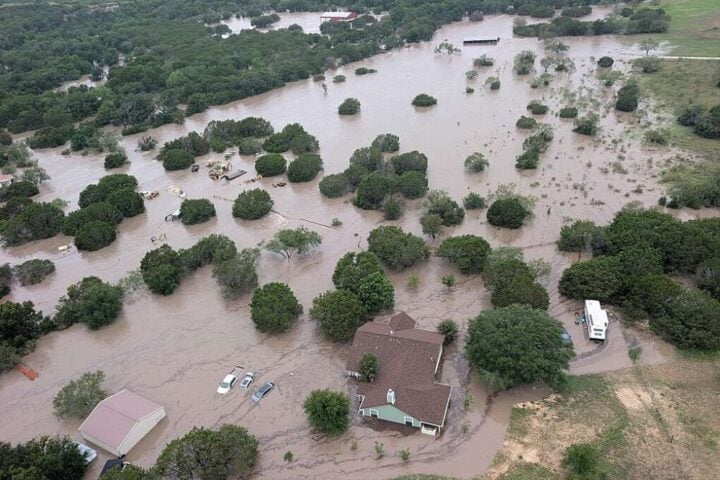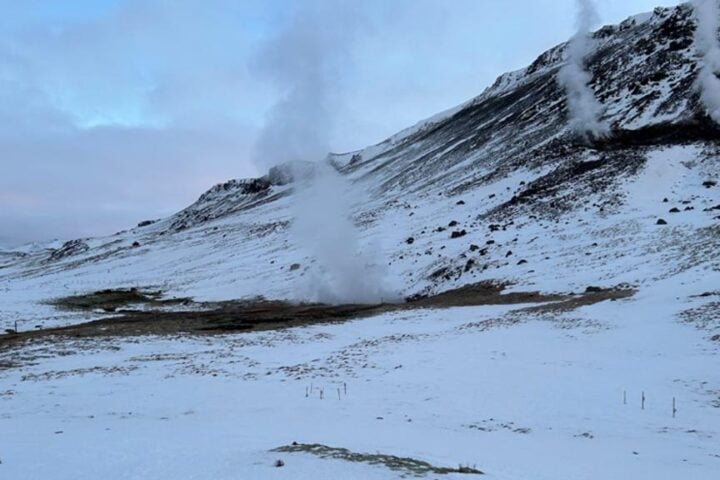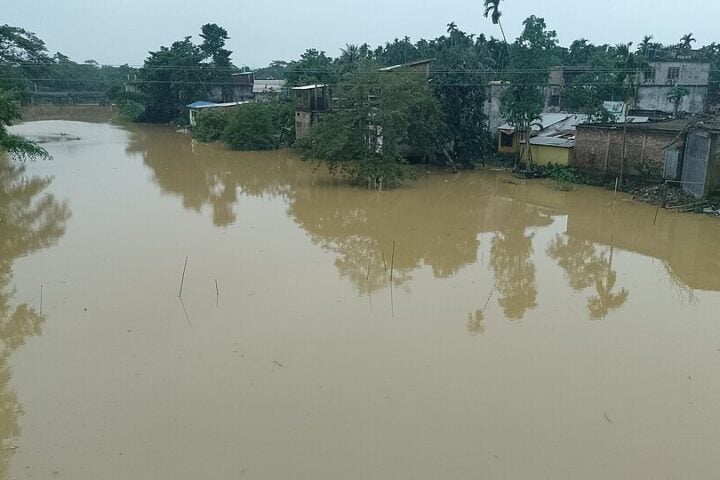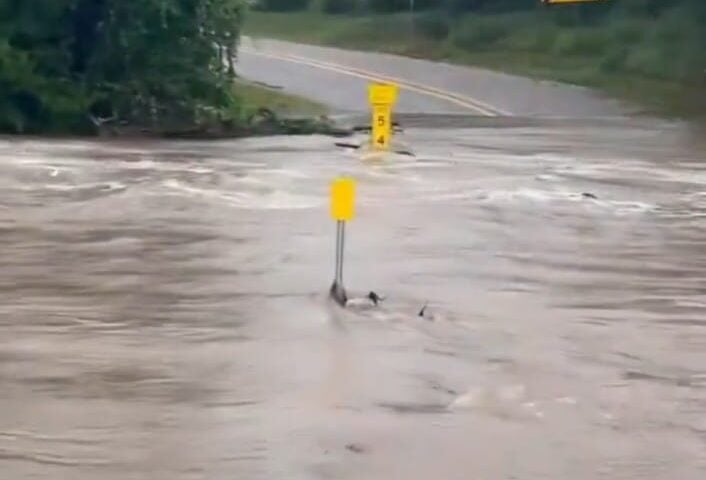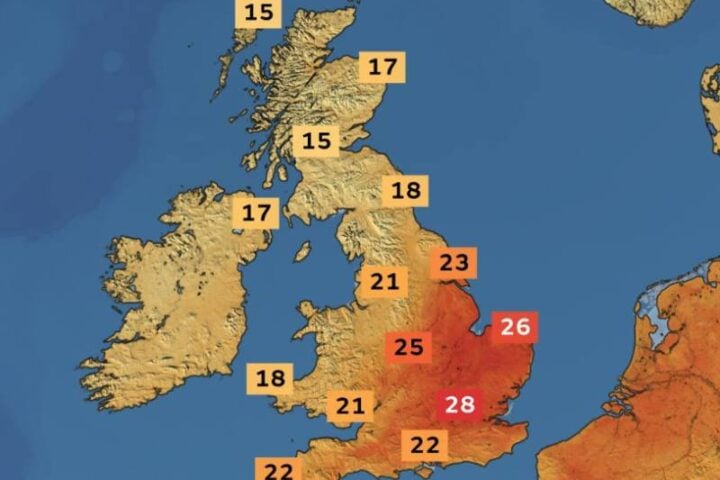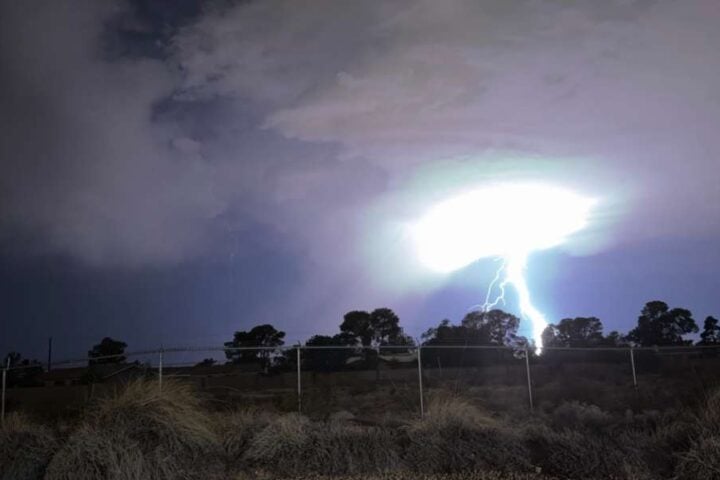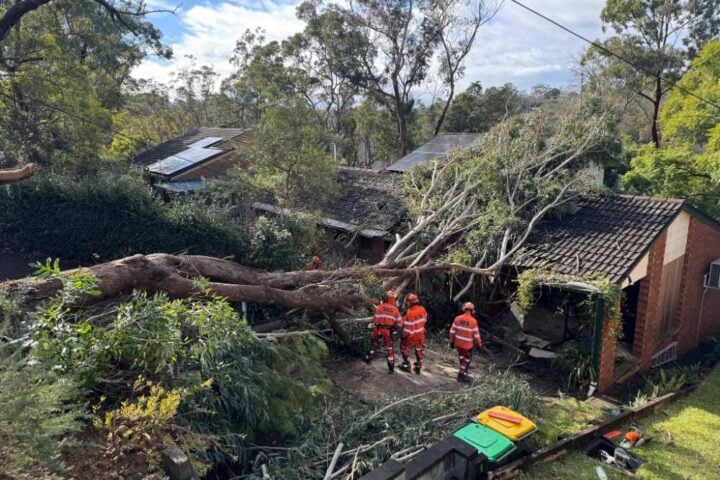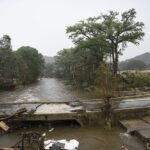The Joshua tree is a unique and iconic species of the Mojave Desert that is facing challenging times with the threat of extinction due to climate change. Biologists are afraid that climate change will cause the deterioration of Joshua tree’s suitable habitat within a century. The increasing severity and rising forest fires also pose a evident threat to the future of the Joshua tree population.
Joshua trees being a desert tree are not adapted to the effects of fire, making it difficult for the population to recover after such a disturbance. As temperatures spike, biologists predict that the favorable region for Joshua trees will move northward, but the Yucca moth that pollinates Joshua trees don’t dwell in the northern regions. The U.S. Fish and Wildlife Service did not add Joshua trees to the endangered or threatened species list despite persistent efforts of environmental group WildEarth Guardians.
Fish and Wildlife anticipated that the two species of Joshua tree populations will fall between 2040 to 2069, due to climate change, wildfires, drought, and invasive grasses. The agency concluded that none of these factors would profoundly affect the population or range of the Joshua tree’s habitat. The agency said that Joshua trees are long-living plants that have been dwelling in their habitats for thousands of years, even during recent hotter temperatures.
The agency acknowledged the possibilities of localized loss of the tree’s habitat in the warmest and driest portions of the ranges of both species. Joshua trees were granted temporary protection under the state of California’s endangered species laws but are unprotected at the federal level. The non-profit Center for Biological Diversity has petitioned the U.S. Fish and Wildlife Service to protect the Joshua tree under the Endangered Species Act.
The National Park Service and the Mojave Desert Land Trust have embarked on campaigns to try to save the Joshua tree’s remaining habitat. The Joshua Tree Genome Project aims to collect and monitor data from both professional and citizen scientists in an effort to map and monitor existing populations to inform conservation planning.
Public education about the importance of saving threatened species is also key to saving Joshua trees, and the Joshua Tree National Park Association is working to educate the public about the threats facing Joshua trees.
